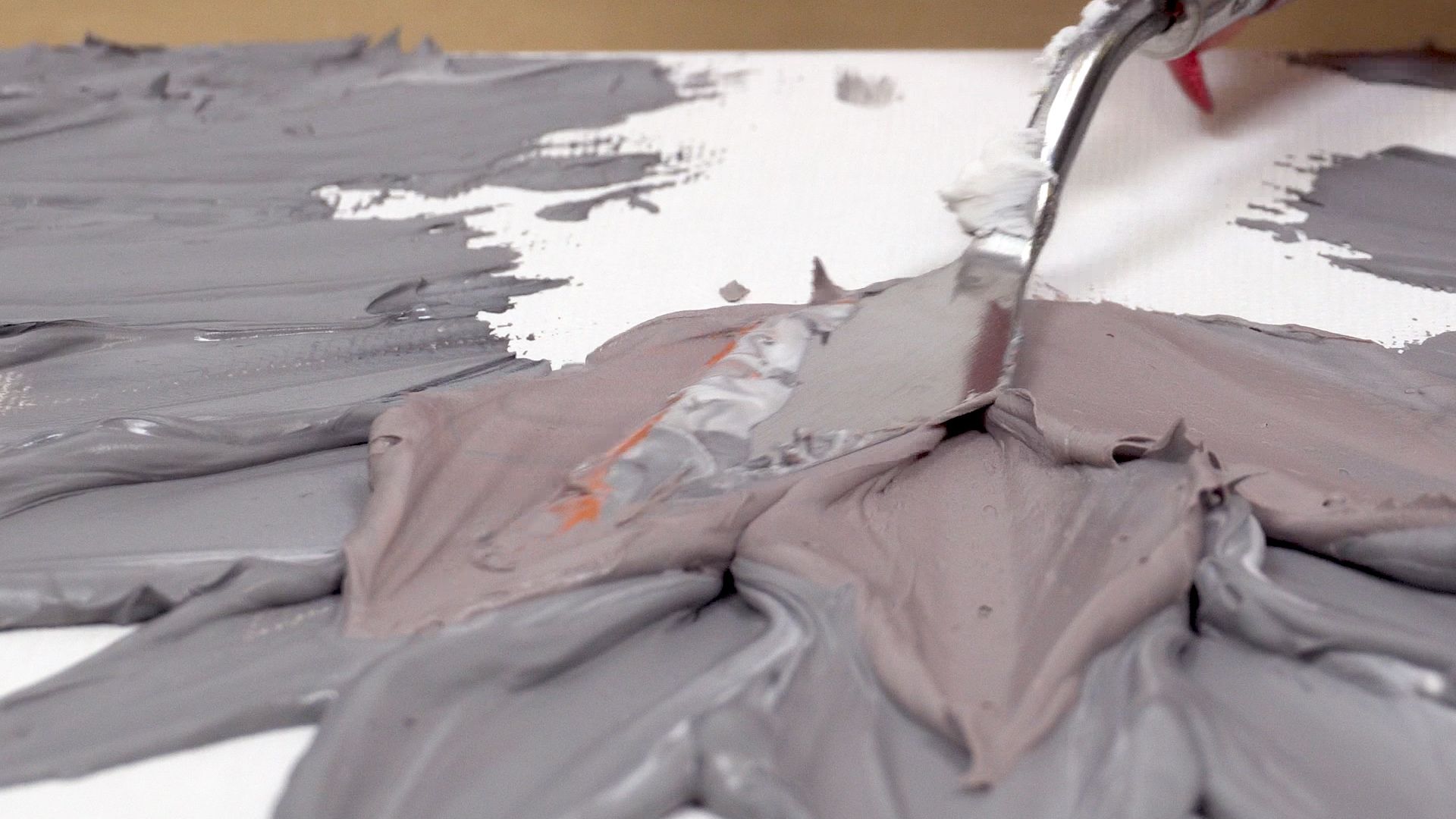Creating art with texture adds dimension and sensory depth to your work, turning a flat image into a tactile experience. Texture art uses materials and techniques to create a surface that invites touch as much as sight. This guide will explore the tools and materials that can enrich your artwork with physical texture, providing tips for selecting and using these items to enhance your artistic expression.
Choosing the Right Texture Materials
The foundation of texture art lies in the materials you select. These can range from traditional art supplies to unconventional household items, each offering unique textural qualities.
Traditional Art Supplies for Texture
Many art stores sell products specifically designed to add texture to your artwork. These include modeling paste, gesso, and texture gels. These materials can be mixed with paint or applied directly to the canvas to create relief and structure before you begin painting.
Unconventional Items for Innovative Textures
Don’t limit yourself to art store shelves; many items around your home can contribute to texture art. Items such as sand, sawdust, or textile scraps can be incorporated into your painting to create unexpected and interesting textures. Always test these materials first to ensure they adhere well to your surface and react positively with your other art supplies.
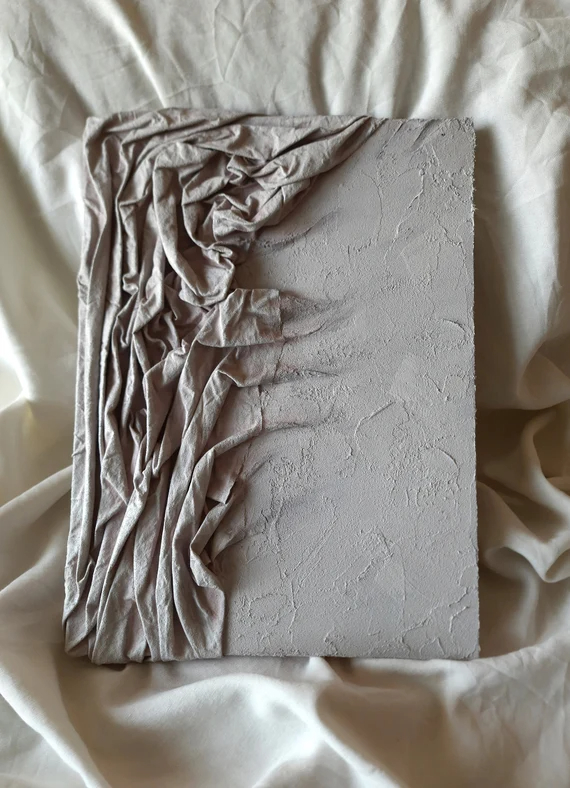
Tools for Applying Textures
Once you have chosen your textural materials, you need the right tools to apply them effectively. The tools you use can significantly influence the final texture of your artwork.
Brushes and Palette Knives
A variety of brushes and palette knives can apply different thicknesses and patterns of texture materials. Brushes are great for softer, more organic textures, while palette knives are ideal for creating sharp lines and heavy impasto effects.
Homemade and Found Texturing Tools
Many artists create their own texturing tools from everyday items. Combs, sponges, plastic wrap, or crumpled paper can produce unique textures that can’t be replicated with standard tools. Experiment with different objects to find the one that works best for the texture you aim to achieve.
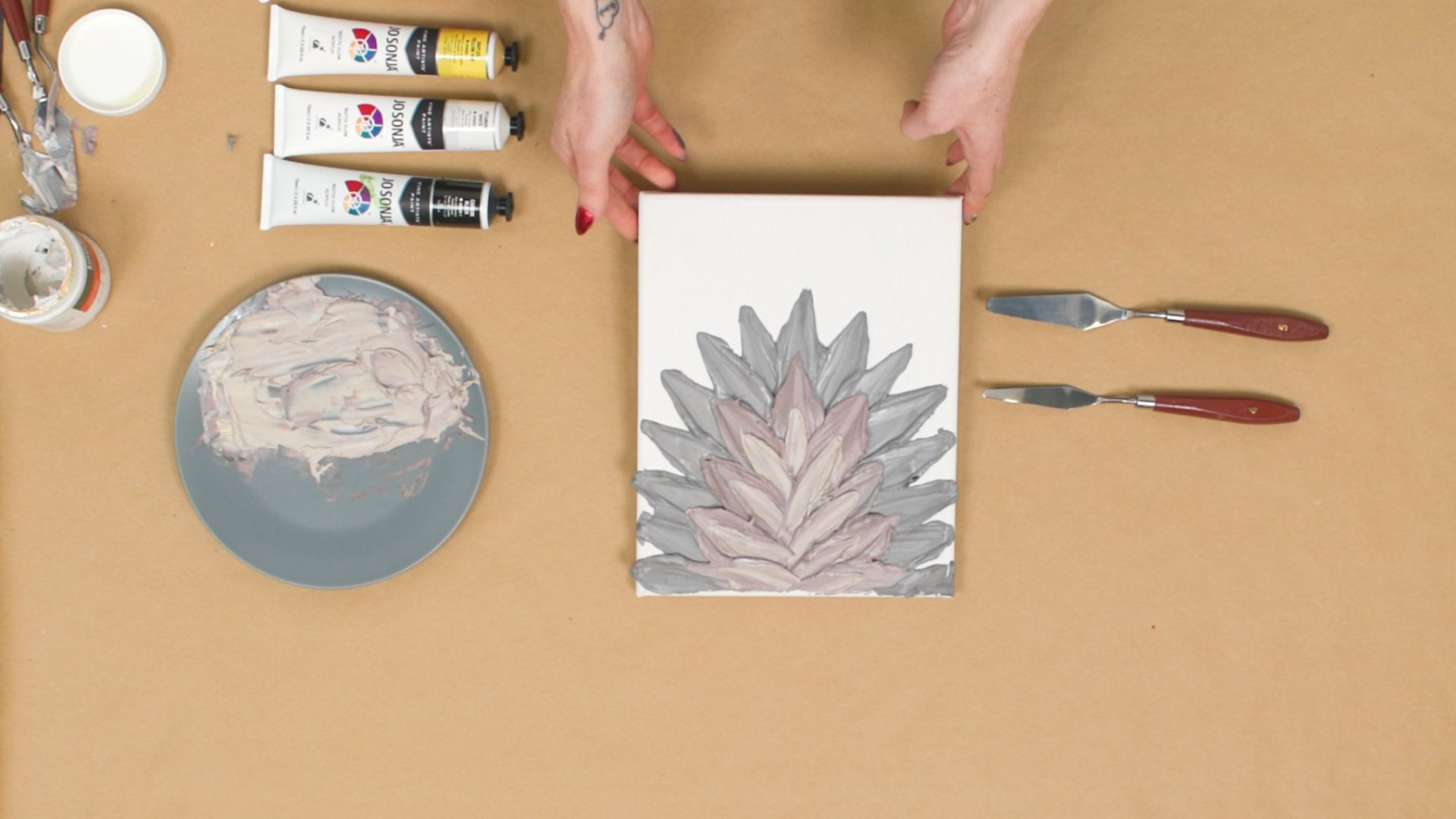
Techniques for Creating Texture in Art
Applying texture to your artwork is more than just slapping on materials; it requires technique and timing. Mastering a few basic methods can provide a starting point for developing your textural language.
Layering and Impasto Techniques
Applying various materials in layers and utilizing the impasto method, which entails thick paint application, can generate textured richness that is visibly prominent on the canvas. Thoughtful layering is essential, with careful attention to the visual and textural interplay between successive layers.
Sgraffito and Stamping Methods
Sgraffito is a technique where you scratch through the top layer of paint to reveal the underlying layer, creating a unique texture. Stamping, using pre-made or handmade stamps, can also add patterned textures to your art. Both techniques can be done with simple tools and offer a wide range of possibilities for creative expression.
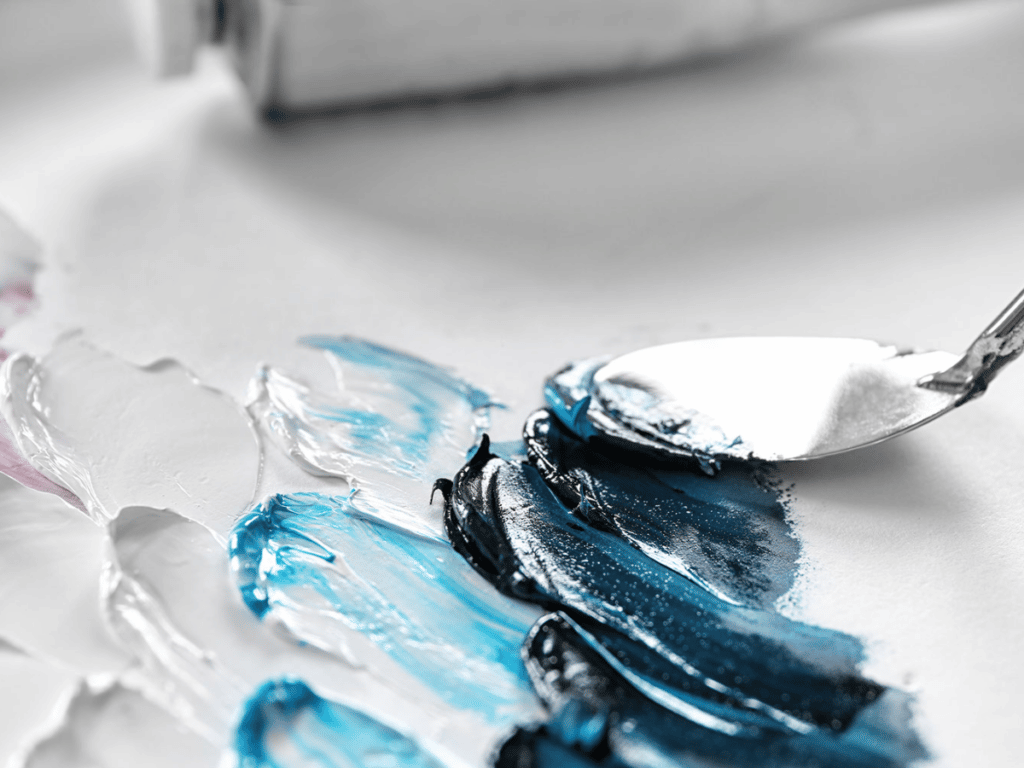
Finishing and Preserving Textured Art
Textured art can be more vulnerable to damage than flat paintings, so it’s important to finish and preserve your work properly to maintain its integrity over time.
Sealing and Protecting Textured Surfaces
Once your artwork is dry, apply a sealant to protect the texture from dust and damage. This is especially important for works that include fragile or unconventional materials. Sealants can also enhance the visual depth of the texture and protect the colors from fading.
Handling and Storing Textured Art
Textured art should be handled with care to avoid damaging the raised surfaces. Store your textured pieces in a way that prevents anything from pressing against the texture. Sometimes, building a protective box or frame can be the best way to preserve the three-dimensional quality of your work.
Embracing Experimentation in Texture Creation
In the realm of texture art, experimentation is your greatest ally. By embracing the trial and error process, you can discover new methods and combinations that can elevate your art to new heights.
Mix and Match with Mediums
Combining different mediums can result in innovative textures. Mix heavy-bodied acrylics with sand for a gritty surface, or combine modeling paste with acrylic inks for vibrant, three-dimensional strokes. Remember to note the ratios and mediums you use, as this will help you recreate the textures you love or adjust the ones you don’t.
The Role of Timing
Texture in art is not just about what you apply, but also when you apply it. Working with oils or acrylics that are partially dry can give you distinct effects compared to working with wet paint. Use this to your advantage by adding materials at different stages to see how they interact with your base layers.
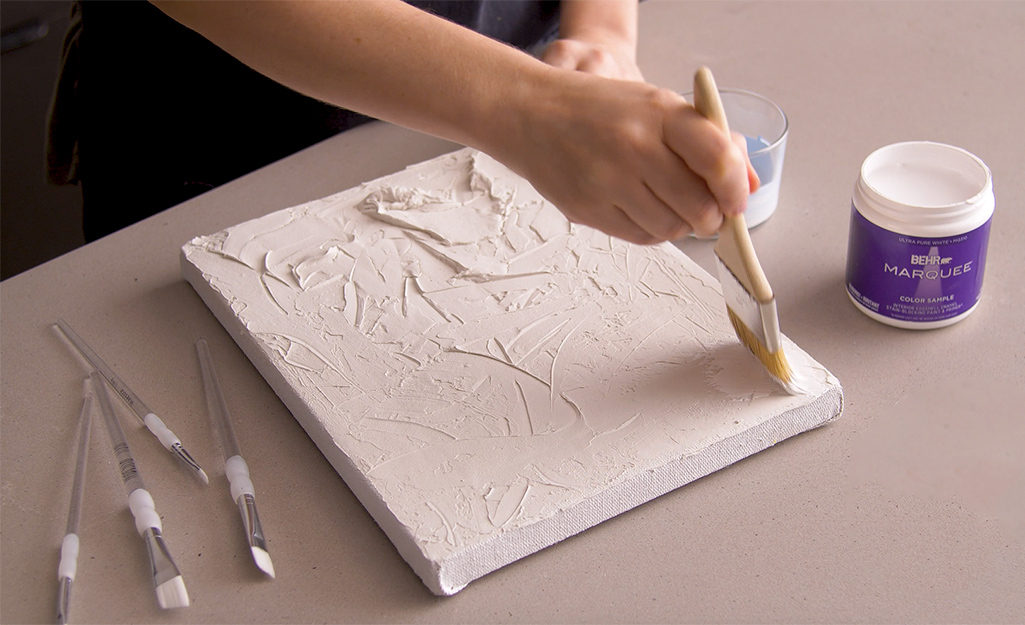
Enhancing Visual Texture Through Contrast
While physical texture adds a tactile dimension, visual texture contributes to the illusion of texture within the painted surface. Contrast plays a significant role in creating this illusion, whether it be through color, value, or pattern.
Playing with Light and Shadow
Manipulate light and shadow to enhance the visual texture. Use dark shades to create the impression of recesses and lighter tones to simulate raised areas. This can be particularly effective in creating the illusion of texture in areas where actual physical texture would be impractical.
Combining Textures for Dynamic Effect
Juxtapose rough with smooth or matte with gloss for a dynamic effect that catches the viewer’s eye. This contrast can be subtle or pronounced, depending on the look you’re after. It’s a powerful tool that can bring balance and interest to your composition.
Preserving the Integrity of Textured Works
Textured art requires careful handling, from the creation process through to the display. Each texture you create has its own needs in terms of preservation and care.
The Right Varnish for Texture
Choose a varnish that complements the textures you’ve created. A matte varnish can soften the appearance of a texture, while a gloss varnish can make it stand out. Some artists prefer a satin varnish for a middle ground that offers a bit of both.
Exploring the World of Texture
Texture art opens a world where sight and touch converge, offering a more immersive experience for the viewer. By selecting the right materials and tools, applying innovative techniques, and ensuring your work is properly finished and preserved, you can create stunning and durable textured artworks. Experiment with traditional and unconventional materials, and don’t be afraid to get creative with the tools you use to apply them. With practice and exploration, you can master the art of bringing dimensions to life, adding a new layer of expression to your artistic portfolio.
